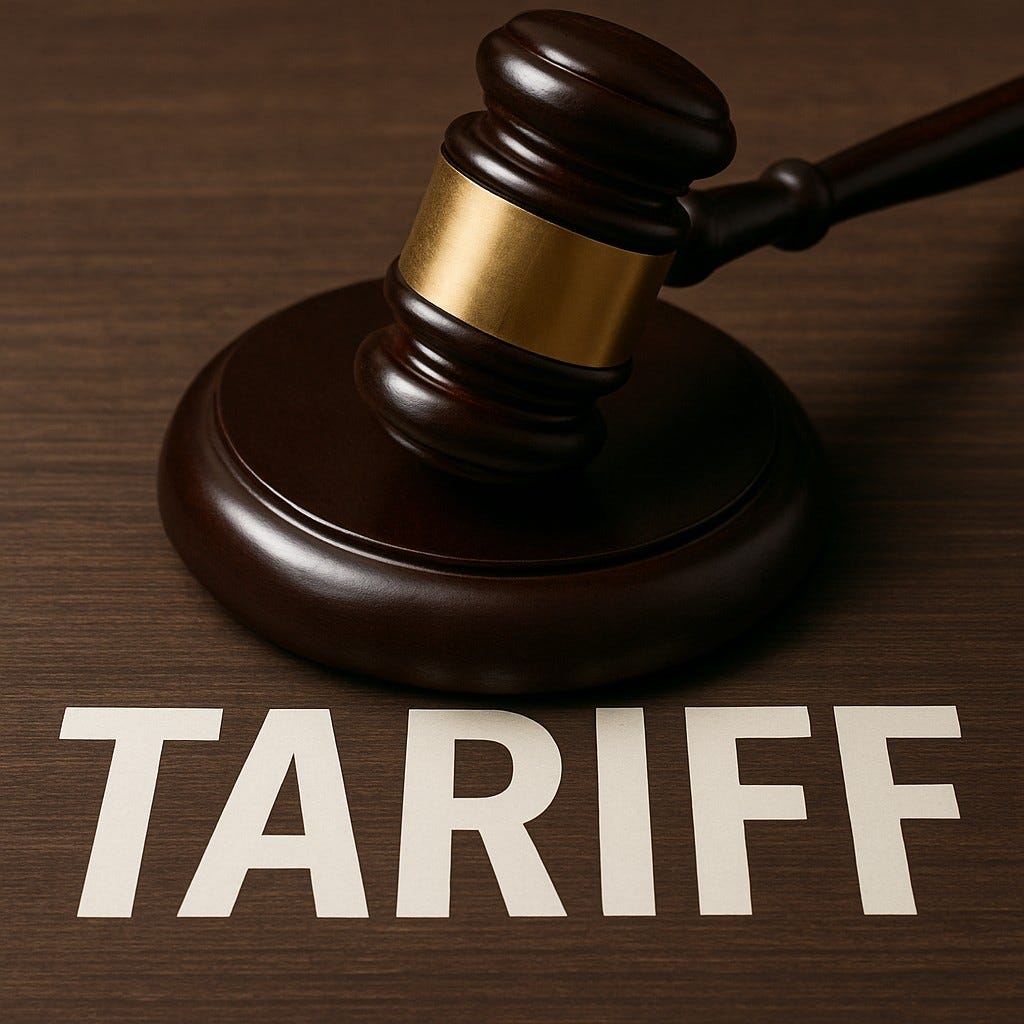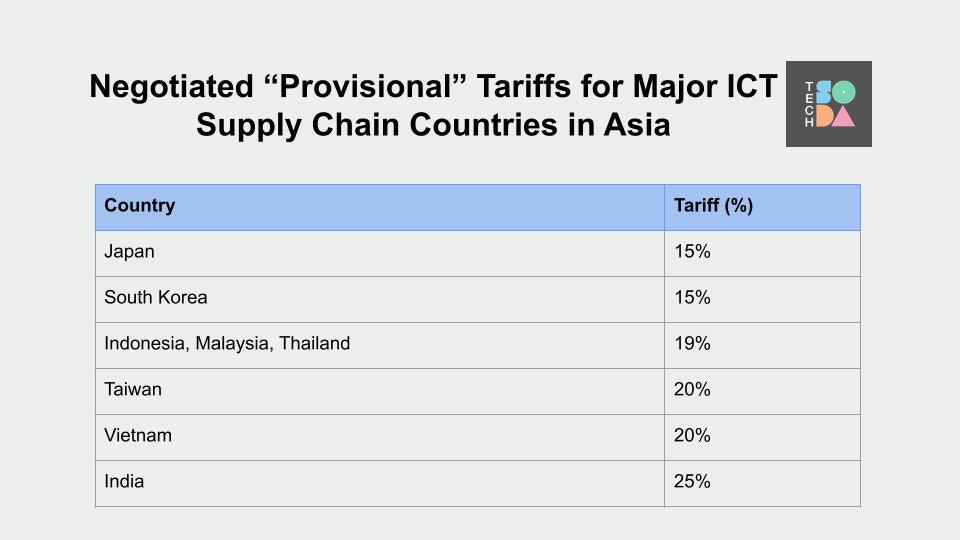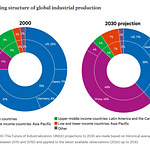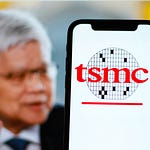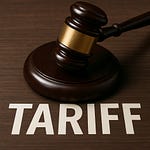Following a new White House executive order, the United States has introduced a series of varied "reciprocal tariffs" set to take effect on August 7, just as a previous 10% universal rate expires. However, while the policy aims to address trade deficits, its implementation is less about mirroring foreign rates and more about a strategic re-evaluation of international trade relationships, with significant and complex implications for global supply chains.
Moreover, what if the US continues to see deficits rising, as this has been the case over the past few quarters since President Donald Trump took office and started wielding his tariff magic wand? Will he take another U-turn and impose another round of tariffs on top of the latest round?
The Nuance of Reciprocity
The new ad valorem duties, or tariffs based on the value of goods, are not a flat rate but vary by country. The concept of "reciprocity," as defined by the new policy, does not appear to be a direct tit-for-tat exchange. For instance, while the European Union, Japan, and South Korea face a new 15% rate, the UK's tariffs on US goods have increased, while US tariffs on some UK goods have decreased.
The most striking example of this strategic calculus is the 20% provisional tariff imposed on Taiwan, which stands out significantly from the 15% rate applied to other major trading partners. This provisional label signals that negotiations are ongoing, injecting a high degree of uncertainty into the market.
Pressure on Vulnerable Industries
The new tariff reality poses a grave threat to industries already operating on thin margins, particularly those facing subsidized competition from China. Even a 15% tariff, which appears to be the new baseline, could be devastating for traditional manufacturing sectors. For Taiwan, the 10% tariff has pushed sectors like auto parts, machine tools, nuts, and screws to the brink, with some reporting that exports have "ground to a halt."
The situation is further complicated by the appreciation of the New Taiwan Dollar against the US Dollar, which has made Taiwanese exports more expensive. This dynamic risks creating an "M-shaped" development pattern, where large corporations with the cushion to absorb costs grow stronger, while smaller and medium-sized enterprises (SMEs) struggle to survive. A labor union chairman noted that this could lead to the decimation of traditional sectors and the loss of specialized expertise.
The Complexities of Semiconductor and AI Tariffs
The executive order has far-reaching implications for critical strategic products like semiconductors and AI-related IT, which are major contributors to the US trade deficit with Taiwan. Over 70% of Taiwan's exports to the US are in these sectors.
A closer look reveals that tariffs on raw semiconductor chips may not effectively address the trade deficit. A significant portion of chips entering the US are "hidden chips," embedded in finished products like phones and cars. Furthermore, tariffs on officially imported chips could unfairly penalize US manufacturers who design and partially produce chips domestically before sending them abroad for final packaging.
The new policy's Section 232 investigations, which allow tariffs on imports deemed a threat to national security, now extend to "derivative products." This expansive definition could impact Taiwan's ICT exports even if components are assembled in a third country before being shipped to the US. This forces Taiwanese companies to develop new supply chain strategies and robust traceability systems.
Unintended Consequences and the Broader Economic Picture
While the tariffs aim to reduce the US trade deficit, many economists argue that such sharp increases are unlikely to be effective and could even cause the deficit to rise. Tariffs carry the risk of retaliatory measures and can strengthen the US dollar, making US exports more expensive. Moreover, tariffs on intermediate goods act as a hidden tax on US manufacturers of finished products.
Ultimately, many analysts suggest that a more sustainable approach to reducing the trade deficit would be to address the US budget deficit. The policy shift from pure economics to national security and "techno-nationalism" leaves a critical question for the future: what might be the true, long-term costs of this kind of decoupling for global innovation, competitiveness, and international cooperation?
Reference
https://www.whitehouse.gov/presidential-actions/2025/07/further-modifying-the-reciprocal-tariff-rates/
https://news.sky.com/story/uk-us-pact-neither-a-free-trade-agreement-nor-broad-trade-deal-of-brexiteer-dreams-13364025
https://www.thinkchina.sg/economy/big-read-transform-or-be-annihilated-how-taiwanese-businesses-are-dealing-us-tariffs
https://www.brookings.edu/articles/the-us-trade-deficit-myths-and-realities/
https://www.aei.org/research-products/report/how-does-semiconductor-trade-work/


